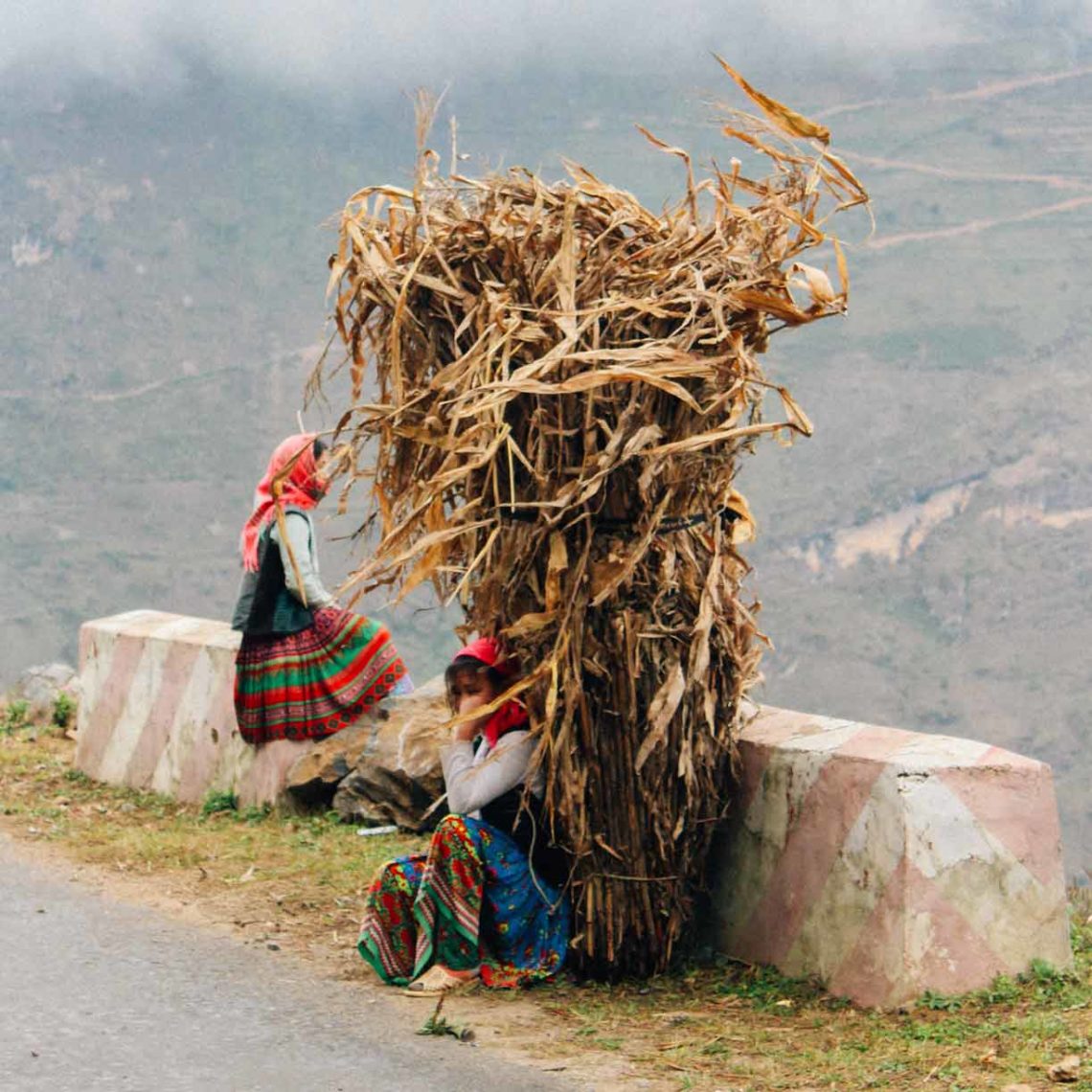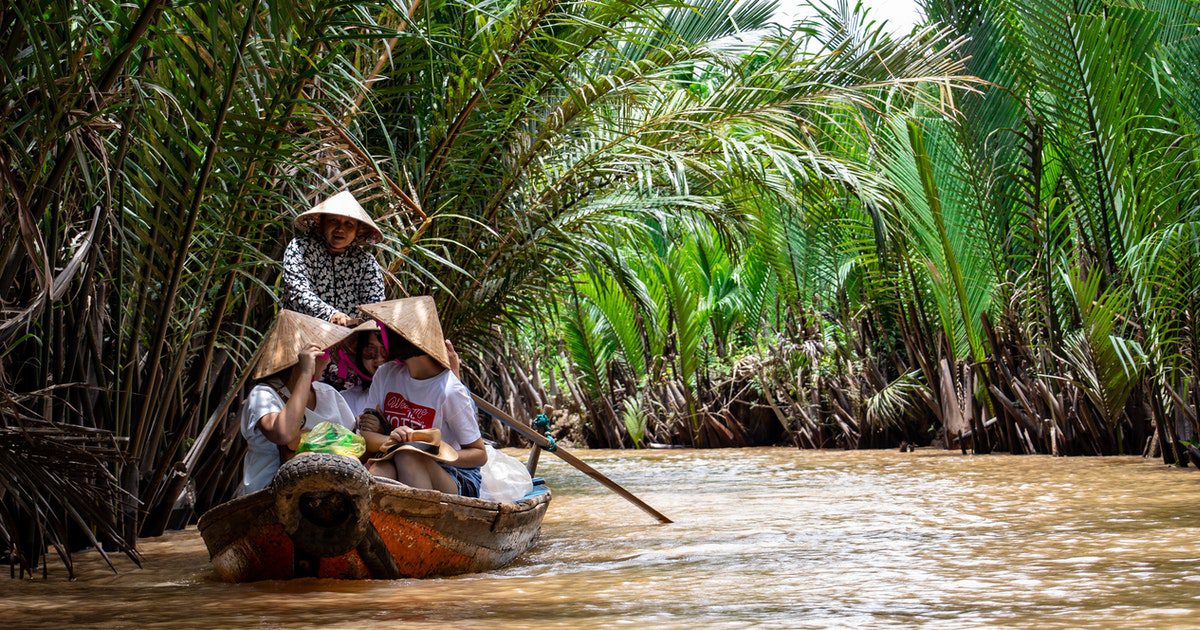During a stay in the country, you will get to know its painful history, its authentic gastronomy, its imposing mountains, its imperial architectural heritage, its frenetic metropolises. Despite being largely taken over by mass tourism, there are still escape zones to get to know the country without so many people invading your photo.
How to get around in Vietnam
The best way to get around Vietnam is by bus or plane. Almost all Vietnamese travel buses (especially the overnight ones) have the “bench-bed” scheme, which allows you to lie flat for the entire trip (in time: the bed is usually small; if you are over 1.75 m tall, the height may not be super comfortable). These buses are often operated by travel agencies, which means that you don’t have to go to the bus station, just book the scheme at your hotel (absolutely everyone does), and a car or tuk-tuk will pick you up straight there. For longer distances and to save time, Vietnam Airlines and other companies operate flights between major cities. Prices do not fluctuate much, leaving to buy flights at the last minute is ok.
When to go to Vietnam
There’s a catch on the weather in Vietnam. The dry season in most neighboring countries, such as Thailand and Cambodia, is between December and March, high season in Southeast Asia and when most people prefer to travel there. In northern Vietnam, however, where are Hanoi, Ha Long Bay, Ha Giang, Ninh Bình and Phong Nha-Kẻ Bàng national park, it gets pretty cold and rainy at this time. In these places, the best time to go is summer, from June to August. What to do: If you’re traveling through Southeast Asia between December and March, only go to northern Vietnam if you have plenty of time (like more than a month of travel) and don’t mind missing the tour with bad days. If you are there between April and July, you can enjoy the north and center of the country (the south must be very rainy already). Between August and November, it rains in most of the country; avoid it.

BASIC INFO ABOUT VIETNAM
*COLONIZATION
Vietnam has lived under Chinese control for a thousand years, which explains the influences you will see in architecture and temples dedicated to Confucianism. Later, the French colonization took place, which left coffee (now widely grown in the country), stuffed baguettes (which they call banh mi ), Latin characters for the language (which replaced Chinese), some French constructions and a lot of problems. political and economic issues that drag on to this day.
*RELIGION
Unlike neighboring countries, fervent Buddhists, 80% of the population declares itself without religion. After the war ended in 1975, the communist government severely limited religious freedom, as most religious leaders had previously opposed the communist revolution. Christians, in particular, were seen as instruments of foreign oppression, while members of some local religions, such as Cao Dai, were targeted for providing soldiers to fight the communists. Today religious organizations need to be registered with the government in order to exist and violent state interventions are still carried out.
*BIKES
They are the most widely used means of transportation in the country – which explains the huge number of mechanic shops ( xe máy ). It is very common for tourists to buy motorcycles in Hanoi to drive to Ho Chi Minh City (or north, towards Ha Giang), just enter the hostels and you will see a lot of ads starting at US$ 200. Driving there , however, requires dexterity and can be dangerous for inexperienced drivers.
*PHO
It is the national dish of Vietnam, offered to exhaustion on the streets across the country. It’s a soup made with rice noodles, bean sprouts, ginger, fish sauce and lots of cilantro and chives. Pepper helps to intensify the flavor. Chicken and beef are also usually added.
*TONGUE
Vietnamese. You can speak English with ease in restaurants, shops, hotels and tours. It’s nice to learn to say at least xin chao (hello) and cám on (thank you).
*MONEY
The local currency is the dong (US$1 = 23,190 dong). There are several exchange offices around the city and it is easy to withdraw money from ATMs. You can live and stay spending US$ 30 a day for people staying in a hostel (shared room) and US$ 40 in a three-star hotel. To stay in better hotels, eat in more sophisticated restaurants and take guided tours, consider starting at US$ 50.

